Sustainable Wine: How California Leads the Way
California’s wine industry is a global powerhouse, blending tradition with innovation. Today, it leads not just in quality but in sustainability. At the forefront is Jackson Family Wines, a name that’s become synonymous with eco-friendly winemaking. This article explores how California shapes the future of sustainable wine.
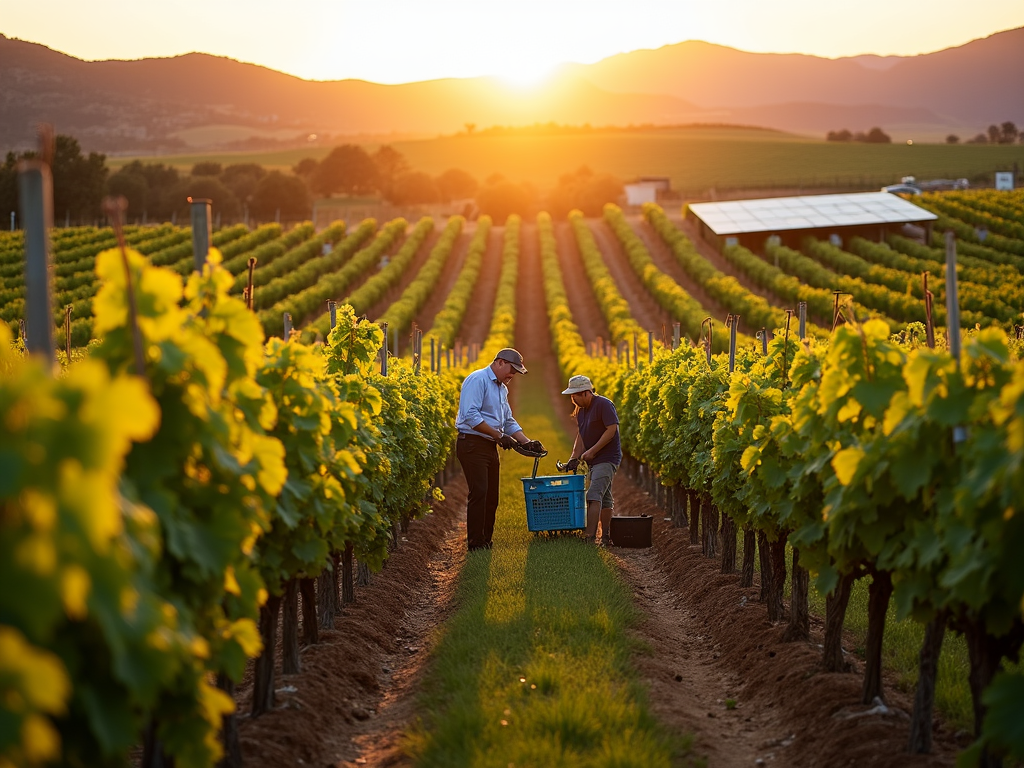
The History of Wine Making in California
Wine in California began with Spanish missionaries in the 1700s. They planted vines for church ceremonies, laying the groundwork for an industry. By the 1800s, the Gold Rush brought European settlers who knew how to grow grapes and make wine.
The real boom came later. Napa Valley and Sonoma County rose as top wine regions in the 20th century. Even after Prohibition slowed things down, California bounced back. By the 1970s, its wines were winning taste tests against Europe’s best.
Now, California makes over 80% of U.S. wine. With 4,000+ wineries, it’s a leader in sustainable practices too. That history of grit and growth fuels today’s push for greener wine production.
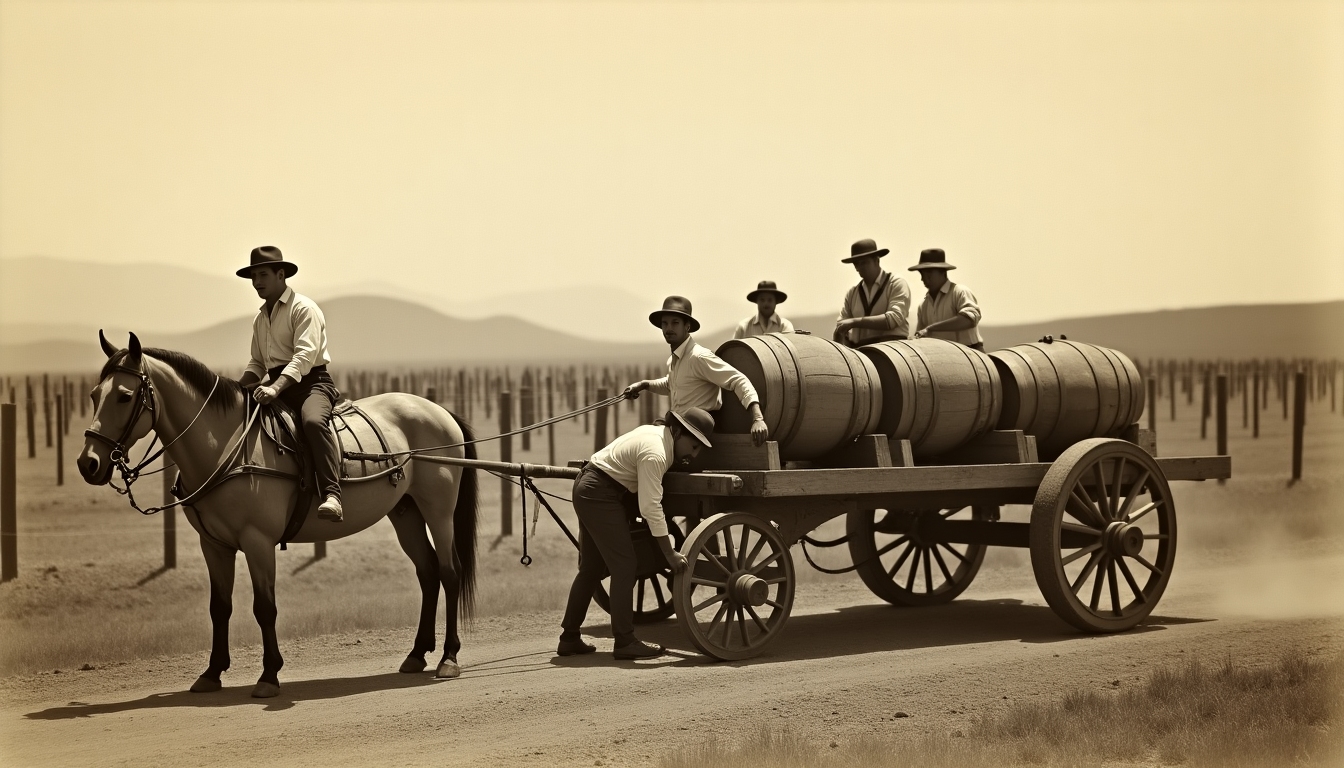
How Jackson Family Wines Became a Global Brand
Jess Jackson started Jackson Family Wines in 1982 with a simple goal: make great wine. A lawyer by trade, he bought a small vineyard in Lake County, California, and got to work. His focus on quality turned heads fast.
The company grew by snapping up top vineyards in California and beyond—Oregon, France, even Australia. Smart marketing helped too. They built a family of wine brands, each with its own style, like Kendall-Jackson and La Crema.
What sets them apart? Sustainability. From day one, Jess wanted to protect the land. That vision turned Jackson Family Wines into a global brand that’s as green as it is successful.

What Sustainability Looks Like
Imagine visiting a Jackson Family Wines vineyard. You’d see rows of grapes under a clear sky, but look closer—there’s more going on. They’ve got sustainability down to a science. Here’s how:
- Water Saving: Drip irrigation cuts water use. Some vines even grow with just rain.
- Solar Power: Panels hum quietly, powering wineries with clean energy.
- Organic Growth: No harsh chemicals here. They farm organically to keep soil alive.
- Less Waste: Everything gets reused or recycled, from grape skins to bottles.
This isn’t just good for the planet—it makes better wine. Healthy vines mean tastier grapes. I’ve tasted wines like these, and you can feel the care in every sip.
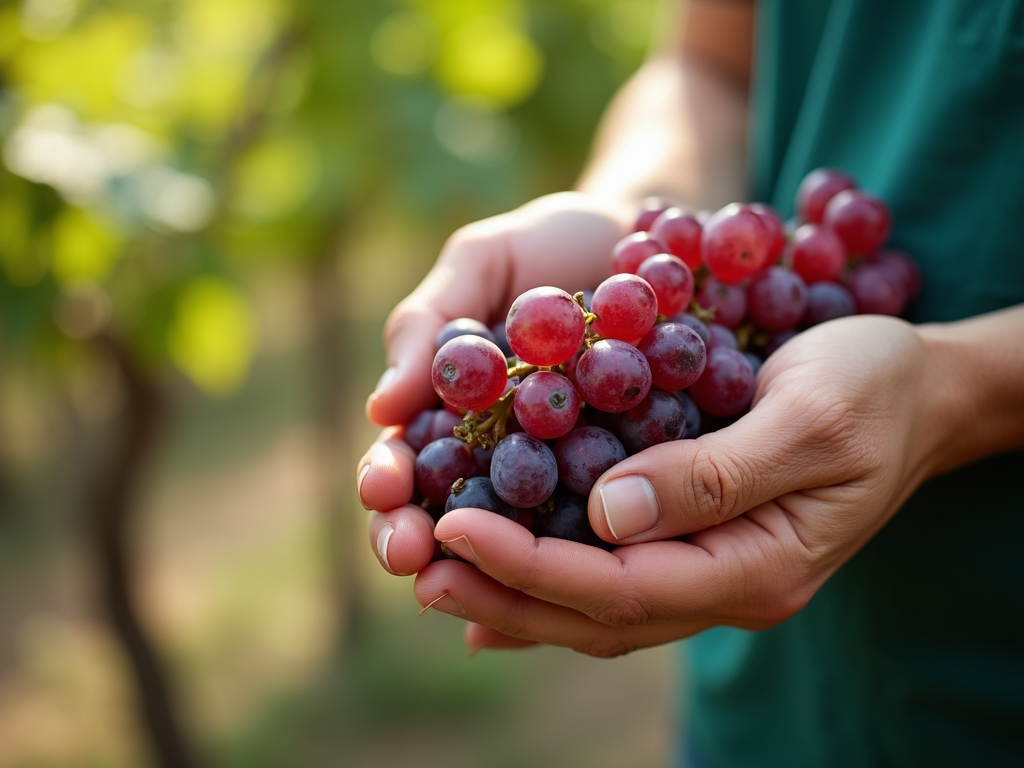
A Global Ripple Effect
Jackson Family Wines doesn’t just lead in California—they’re changing the world. Other wineries see their solar panels and organic fields and think, 'We can do that too.' It’s a quiet revolution.
Their wines ship everywhere—Europe, Asia, you name it. Each bottle carries a message: sustainability works. Plus, they give back, funding schools and clinics near their vineyards. It’s a brand with a conscience.
I’ve seen how choices like these matter. Picking a bottle from Jackson Family Wines feels like voting for a better future.
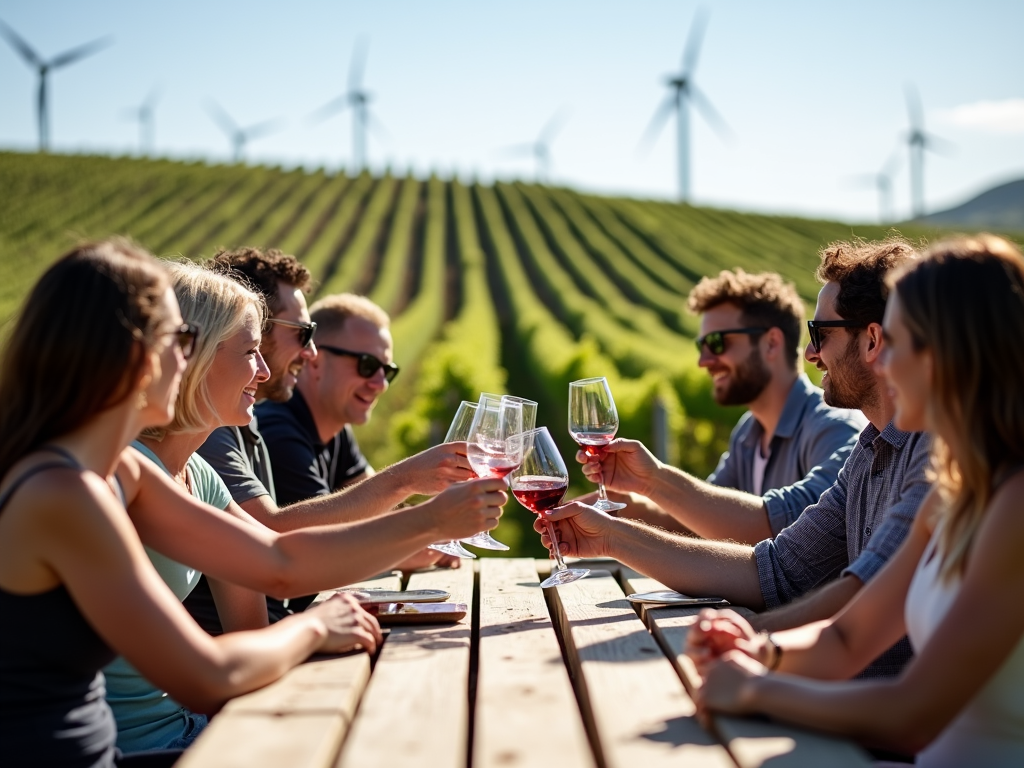
Why It’s Worth It
Sustainable wine isn’t just a trend—it’s a must. Regular farming can hurt the land, draining soil and water. Sustainable ways keep things balanced. Here’s a quick look:
| Method | Conventional | Sustainable |
|---|---|---|
| Water Use | High | Low |
| Chemicals | Lots of synthetics | None or natural |
| Soil Health | Wears out | Stays strong |
| Carbon Footprint | Bigger | Smaller |
Better yet, sustainable grapes taste amazing. They’ve got depth you can’t fake. And when you buy these wines, you nudge the whole industry toward greener habits. It’s a win for everyone.
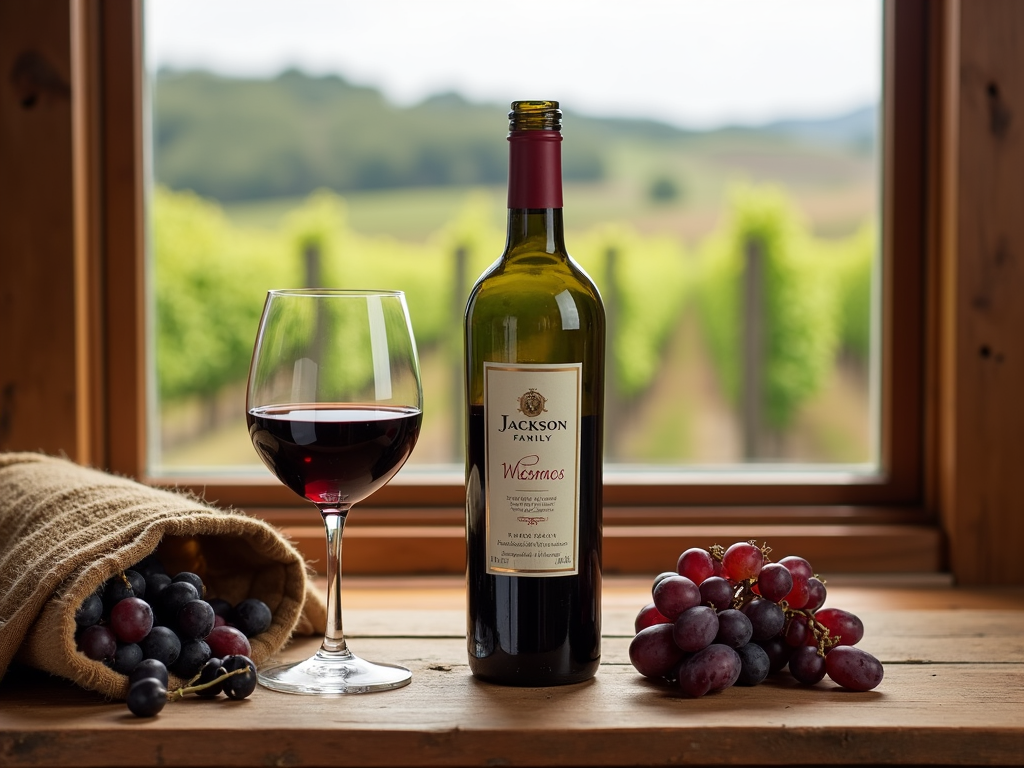
Wrapping Up
California’s wine story is one of bold moves and big ideas. With Jackson Family Wines leading the charge, sustainable wine is here to stay. They prove you can make top-notch wine and still care for the earth.
Next time you’re picking a bottle, go sustainable. It’s a small choice with a big impact. California’s showing the way—let’s follow.